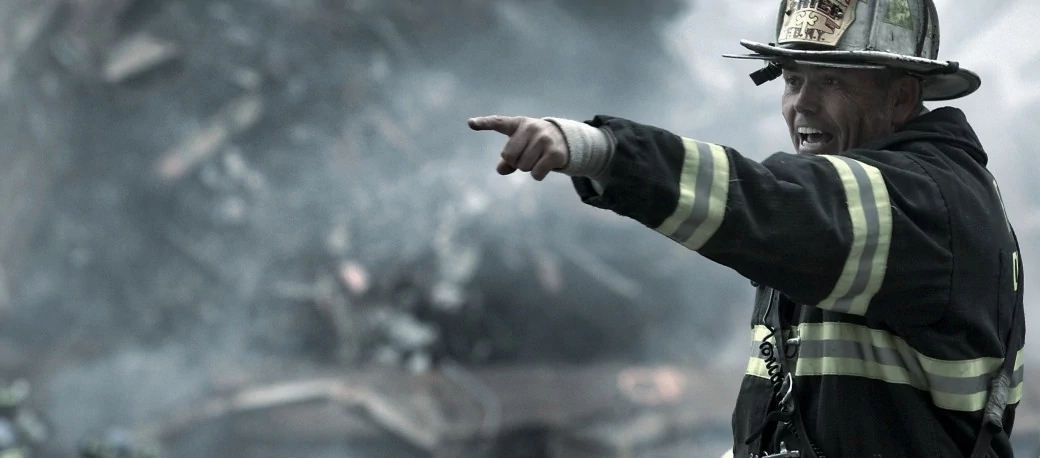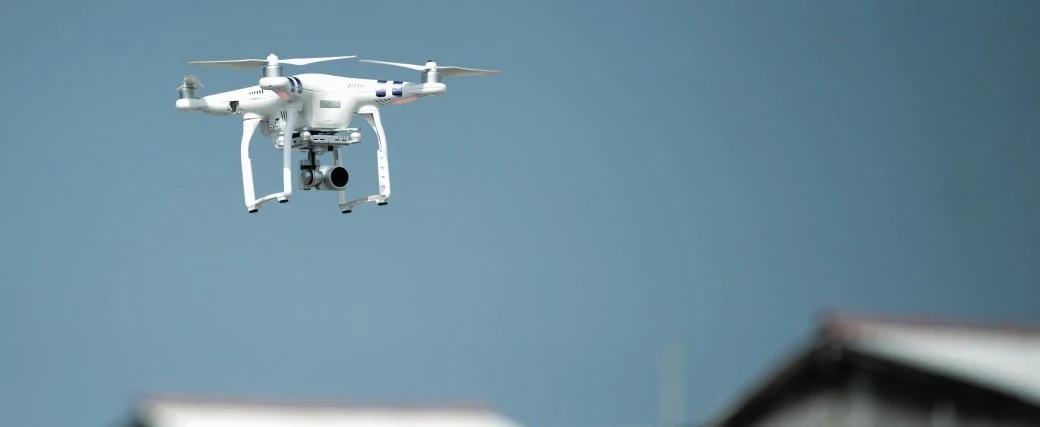|
Disaster Relief
|

|
Several companies around the world are building robots for Search and Rescue purposes. This is a great development, as many big disasters have shown the need for such machines. However, those robots are still remotely controlled by a human operator, which severely limits their applicability. Disaster-areas often have collapsed infrastructures and all kinds of problems that can interfere both with the need to come close enough for the operator and the required radio connection all together. Another difficulty is that 'telepresence', which is the actual mode of operation, lacks the tactile feedback required for complex tasks. Some companies are working on better dexterity, but the operator being far removed from the actual location will always be a constraining factor. |
Full Autonomy is the obvious solution to those difficulties. But in this case, this autonomy must be an integral part of the machine without any external need for information transfer. This is why we decided early in the ASTRID project that the system should run on very moderate hardware without any need for network connections or other forms of communication. It's obvious that such a machine, when data transmission is unavailable, couldn't carry a complete datacenter with it. Search and Rescue robotics for Disaster Relief were one of the primary targets of the ASTRID development. The ASTRID system is now entering the stage of dedicated implementations, and we are excited to work with the major players in this application area. |
- One day, robots may work in zones too dangerous for humans
- Rescue robots, the AI army that could save your life!
| © 2024 MIND|CONSTRUCT |

|
Reconnaissance is critical in disaster stricken areas. If we can locate victims faster, their chances for survival rise significantly. Reconnaissance has the same problems with remote operators that Search and Rescue robots have. In addition, the limited availability of skilled operators limits the number of drones that can be up in the air after a calamity. Ultimately, we want to be able to launch whole swarms of intelligent reconnaissance drones that are capable of reacting to specific signs that might point to a victim in need of help. |
In this case, the fully independent mobility of the drone weighs in even harder as a prerequisite. The drones have to be light enough not to limit their action radius, and they should be able to survey as long as possible before requiring any charging. The ASTRID system can run completely independent on hardware as lightweight as a mobile smartphone. We configured our test-setup very close to the processing and memory capacity of a smartphone, to be sure we can deliver on this requirement. |
| © 2024 MIND|CONSTRUCT |
